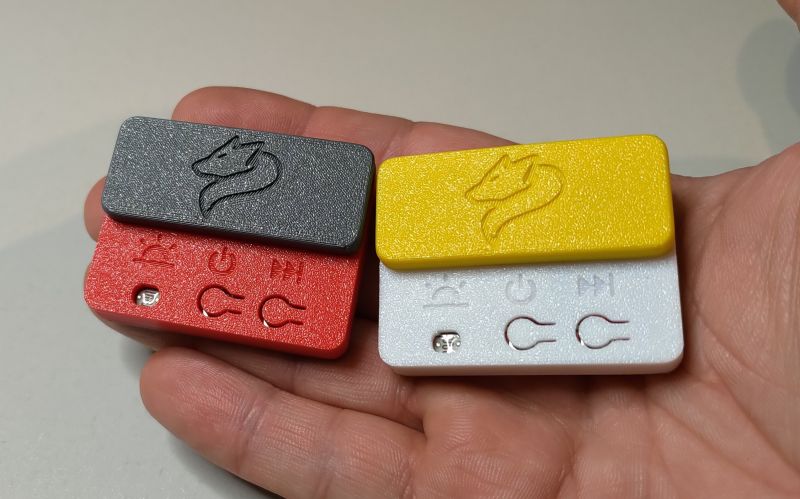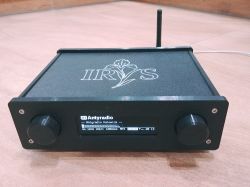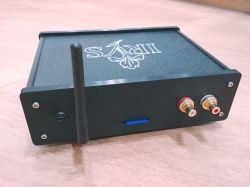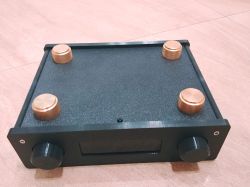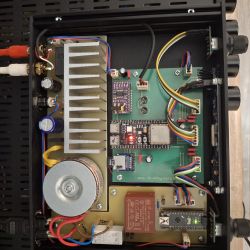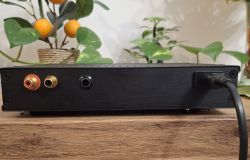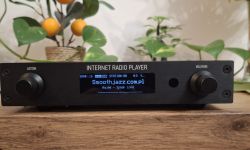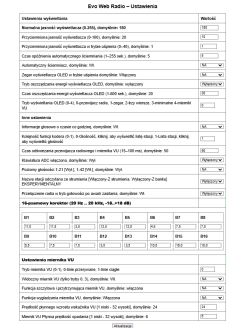Thanks for your time. Changing to RST 8 unfortunately didn't help anything, also no idea what else to do. If I've never had a problem with RST-1, then suddenly it couldn't have changed. In version 3.19.19 the sound is there, after switching off/on with the remote control too, so I think there is some babol in the module in the new code and this is where the problem is. Maybe some modules are more robust than mine.



